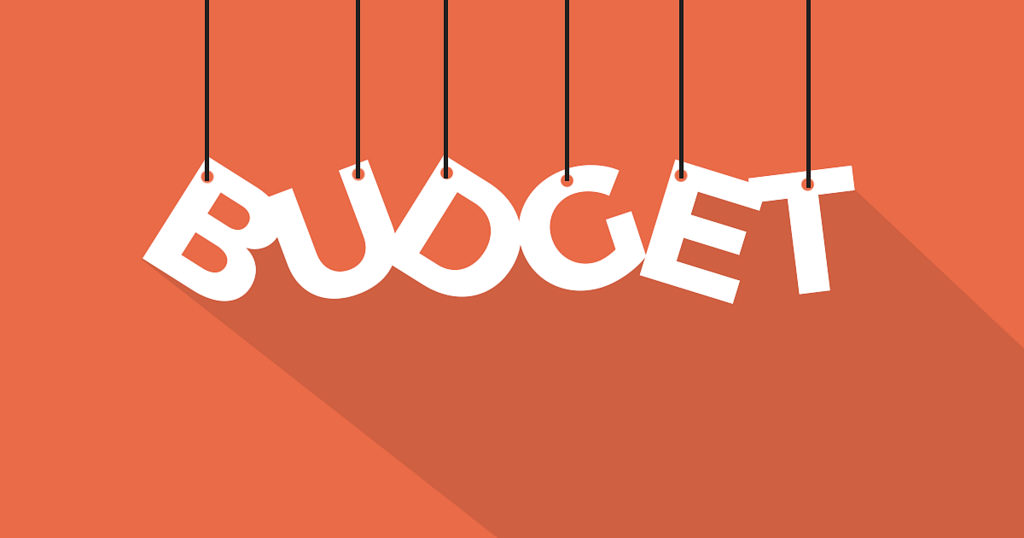Surprisingly (or maybe not surprisingly), this is a question that we at MarketMatch field a lot more than you might think. Working with a lot of community financial institutions, one can see the pragmatism in asking that question of a marketing consultant. Because community financial institutions are a lot alike, I’m often asked if there’s a standard recommended amount, or if there is some kind of magic number or range of spend, to execute a good digital marketing strategy.
But this is where things get tricky. Setting a good budget for digital marketing at your bank or credit union is no less subjective than deciding how many marketing and business development people to hire or setting your traditional media budget based on the market you serve. It’s all about what the brand is about and where it’s going.
There are so many factors that go into developing a great budget that it’s hard to pigeon-hole a number based on factors such as asset size, branches or even geographic location.
With that in mind, here are a few factors to consider when you’re putting together a digital marketing budget. Each of these metrics can be considered at multiple levels of your digital marketing strategy: broadly at the campaign level, more specifically at the ad group level, and even more specifically at the ad level or keyword level (for AdWords).
- Cost Per Click: Taking into account cost per click (CPC) will give you a good idea of where you should be willing to set your daily budget and bid amounts for your ads. Google and social platforms will present your ads more frequently if you are willing to pay higher amounts for clicks.
You can back into a daily budget amount by deciding on a good range to set your cost per click at, then look at search and/or viewing volume, and multiply accordingly. When thinking about the amount you’d like to set for a daily budget, keep in mind that platforms that offer more ad impressions, such as Facebook or Google Display (ad banners), are going to yield a lot more clicks. Therefore, cost per click should vary based on how you are advertising.
- Cost per Conversion: This is where we get to put our money where it counts. As you structure your digital marketing, you should be designing the user experience in a way that you can accurately measure successful digital conversions. Meaning, users clicking on your ads eventually take a desired action such as filling out a form or clicking the link to the loan application. These conversions are then tracked by Google or the social ad platform, and divided among the total cost of your campaign. Which will change daily.
So, the big question is: what’s a digital conversion worth to you and the bank (or credit union)? This number should come out of your overall cost per acquisition for a regular customer or member, replacing a portion of the traditional marketing spend with digital spend.
- Impression Share (specific to AdWords): Normally, I am not one to pile on about the number of impressions an ad, or campaign, is receiving. While it is an important metric to look at to ensure that your ads are being seen, using it as a key measurement is more of an exercise in vanity. That is, until you start talking about impression share.Impression share is measured by taking the number of impressions your campaign (or ad, or keyword) is receiving and dividing that by the number of impressions the campaign could be receiving. The higher percentage your impression share is, the better your bids, daily budgets and overall budget is calibrated to your audience. Impression share can be limited by a number of factors, but usually it comes down to budget. If there is not an appropriate amount of ad spend, and ads are being limited by budget, the impression share will drop. This can be remedied by adjusting your targeting, ad bids and improving keyword quality scores.
Setting a well-researched and well-set digital marketing budget will not only help your bank or credit union be efficient with the use of marketing dollars, but improve the return on investment for your strategy’s goals. Making use of the right tools in the digital or social ad platform will allow you to easily defend the decision to put the right amount of dollars into the strategy.
Want to hear more about digital? Download our FREE white paper, How To Go Digital Without Limits!
Want to talk more about digital? Drop me a line!
In addition to this blog, MarketMatch offers a great speaking session on digital marketing, ready for your next conference or training session. Available in formats ranging from one hour to a full day session, attendees will leave feeling prepared to tackle digital marketing.
937-856-1399




